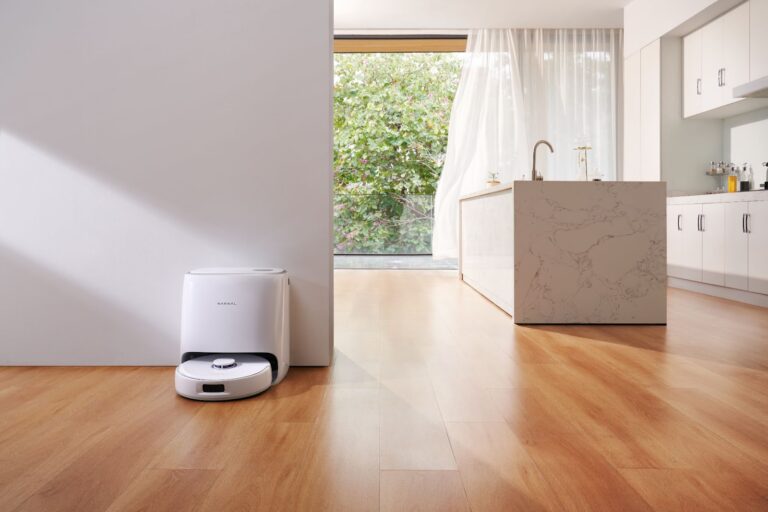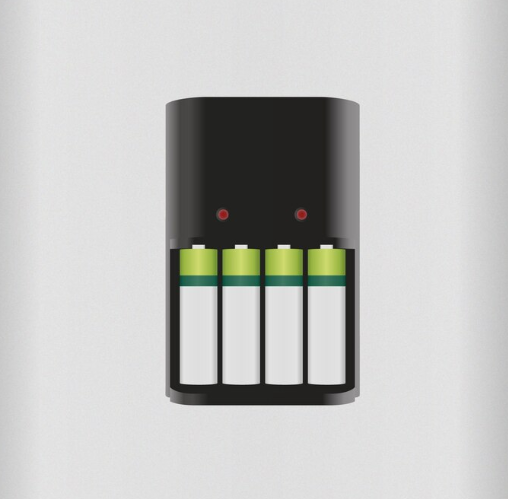How to Choose the Right Lens for Your Outdoor Camera
Selecting the appropriate lens for your outdoor camera is a critical decision that directly influences the effectiveness of your surveillance system. Whether you’re monitoring a large property, a parking lot, or your home’s exterior, the right lens ensures optimal coverage and image quality. In this comprehensive guide, we’ll delve into the key factors you should consider when choosing a lens for your outdoor camera. Let’s get started!
Types of Outdoor Security Camera Lens
Here are some common types of lenses used in outdoor security cameras:
- Fixed Lens: These cameras have a fixed focal length, meaning they cannot zoom in or out. They are often used for monitoring specific areas where the field of view doesn’t need to change.
- Varifocal Lens: Varifocal lenses offer adjustable focal lengths, allowing users to manually adjust the zoom and focus to suit their needs. They provide flexibility in adjusting the field of view but may require manual adjustment.
- Zoom Lens: Cameras with zoom lenses allow for remote adjustment of the focal length, enabling users to zoom in and out digitally or optically to capture distant objects without losing image quality.
- Wide-Angle Lens: Wide-angle lenses have a broader field of view, capturing a larger area without the need for zooming. They are suitable for monitoring large outdoor spaces or areas where a panoramic view is required.
- Day/Night Lens: These lenses are designed to capture clear images both during the day and at night. They often have features such as infrared (IR) cut filters and low-light sensitivity to ensure visibility in various lighting conditions.
How to Choose the Right Lenses for Your Outdoor Camera
Choosing the right lens for your outdoor camera involves considering various factors to ensure optimal performance for your specific needs.
Understanding Focal Length
The focal length of a lens determines its field of view and magnification level. For outdoor surveillance, a lens with a wider focal length is generally preferred to capture more expansive areas. Wide-angle lenses typically have focal lengths below 35mm. Usually, those with focal lengths below 2.8mm provide a broad view suitable for monitoring open spaces like yards or parking lots. On the other hand, longer focal lengths offer narrower fields of view but greater magnification, ideal for focusing on specific points of interest or achieving long-range surveillance.
Assessing Resolution Requirements
Resolution plays a crucial role in determining the clarity and detail of captured images. Higher-resolution lenses produce sharper, more defined footage, enabling better identification of individuals and objects within the surveillance area. When choosing lens for your outdoor security cameras, consider the resolution capabilities of your camera system. Opt for lenses that can match or exceed the resolution supported by your camera to ensure optimal image quality, especially in outdoor environments where environmental factors may impact visibility.
Considering Weatherproofing and Durability
Outdoor cameras are exposed to various weather conditions, including rain, snow, and extreme temperatures. Therefore, it’s essential to select lenses that are specifically designed for outdoor use and feature robust weatherproofing capabilities. Look for lenses constructed from durable materials such as aluminum or polycarbonate, which can withstand harsh environmental elements without compromising performance. Additionally, choose lenses with adequate sealing to prevent moisture and dust from penetrating the lens assembly, ensuring reliable operation even in challenging outdoor conditions.
Evaluating Low-Light Performance
Effective surveillance often requires monitoring outdoor areas during low-light conditions or at night. In such scenarios, selecting a lens with excellent low-light performance is crucial for capturing clear and detailed footage. Consider lenses with wider apertures, which allow more light to enter the camera sensor, enhancing visibility in low-light environments. Additionally, look for lenses equipped with advanced optical technologies such as infrared (IR) coating or low-dispersion glass, which can further improve image quality and reduce distortion in challenging lighting conditions.
Conclusion
Choosing the right lens for your outdoor camera is essential for maximizing the effectiveness of your surveillance system. By understanding factors such as focal length, resolution, weatherproofing, and low-light performance, you can select a lens that meets your specific requirements and ensures reliable performance in any outdoor environment. Prioritize quality and durability to invest in a lens that delivers superior results and enhances the security of your property.





